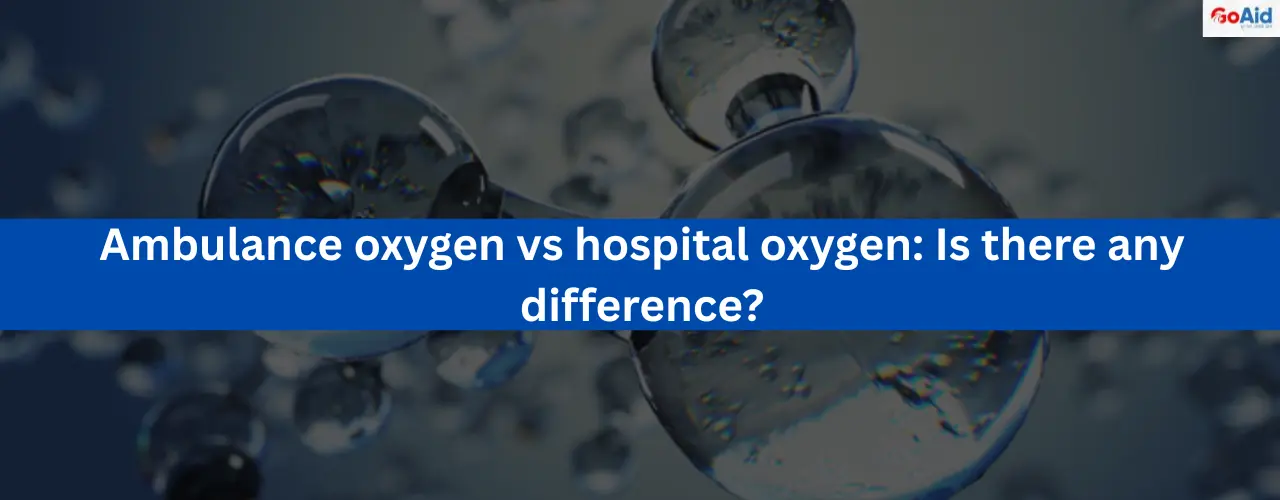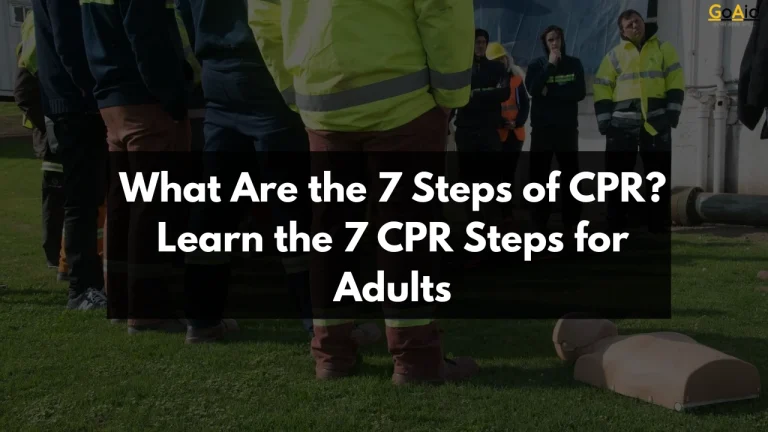In India, we have seen many times that an oxygen cylinder is used in both oxygen ambulances and hospitals. But, there is a main concern people find: are both of these cylinders different? Well, knowing about this fact is crucial from many aspects.
This is why, in this blog, we have added a comprehensive detail about the difference between ambulance and hospital oxygen cylinders. Are you excited to know this information? Then read this blog fully.
So, letŌĆÖs start-.
Key Features of Oxygen in an Ambulance
Ambulance oxygen is focused on quick stabilization, ensuring patients receive immediate respiratory support during transit to medical facilities.
- Portable oxygen cylinders are used.
- Designed for short-term emergency use.
- Limited supply suitable for quick transfers.
- Delivered via masks or nasal cannula.
- Managed by trained paramedics onboard.
Key Features of Oxygen in Hospitals
Hospital oxygen systems are built for continuous, long-term support in critical care environments with advanced monitoring and infrastructure.
- Centralized oxygen supply system.
- Continuous flow with backup systems.
- Used for surgeries, ICUs, and long care.
- Administered by doctors and nurses.
- Advanced monitoring equipment is available.
Comparison Between Ambulance Oxygen vs Hospital Oxygen
While both ambulance and hospital oxygen serve life-saving roles, they differ in infrastructure, duration, delivery, and monitoring. Here’s a quick comparison highlighting the key differences:
| S.No. | Aspect | Oxygen in Ambulance | Oxygen in an Hospitals |
| 1 | Supply Source | Portable oxygen cylinders | Centralized oxygen pipelines |
| 2 | Usage Duration | Short-term, during transport | Long-term, ongoing treatments |
| 3 | Monitoring | Basic monitoring by paramedics | Advanced electronic monitoring systems |
| 4 | Administration Method | Masks or nasal cannulas by paramedics | Various methods by medical professionals |
Conclusion
Both ambulance and hospital oxygen systems are essential for saving lives, but they serve different purposes. Ambulance oxygen is meant for quick, life-saving interventions during patient transport, focusing on immediate response and stabilization. In contrast, hospital oxygen is part of an extensive medical infrastructure designed for comprehensive treatment and long-term care. Understanding the distinctions helps patients and families appreciate how emergency and clinical care work in tandem to ensure the best outcomes. Whether in transit or in an ICU, oxygen remains a vital element of modern medical support systems.
















